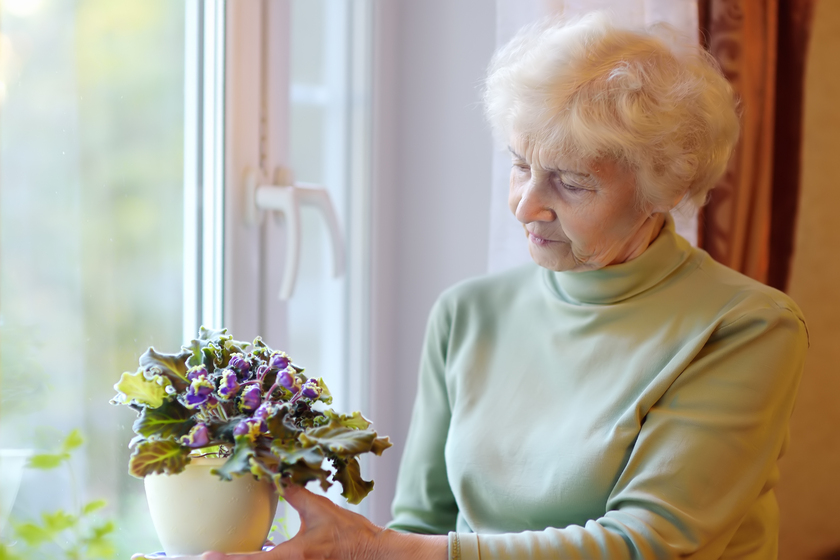Visual Stimulation Therapy (VST) is an innovative approach that uses specific visual cues and stimuli to activate the brain’s cognitive and sensory functions. It involves presenting visually engaging patterns, images, or scenes to capture attention and evoke emotions. While VST has found its applications in various therapeutic settings, its role in a Memory Care home in Covington, LA has garnered significant attention.
The Science Behind Visual Stimulation
- Neurological Engagement
Our brain’s visual center processes visual stimuli, sparking neural connections. In individuals with memory-related concerns, visual cues can aid in forming and recalling these connections, enhancing memory recall.
- Emotional and Sensory Activation
Vivid and familiar visuals can evoke emotions and memories. For instance, seeing a picture of a beach might remind someone of their childhood vacations, eliciting feelings of warmth and happiness.
Visual Stimulation in a Memory Care Home in Covington, LA
- Tailored Visual Experiences
Every individual has a unique set of memories and experiences. The retirement community in Covington ensures that the visual stimuli provided are tailored to the personal histories of the residents, maximizing engagement and positive response.
- Incorporating Technology
With advancements in technology, VST has evolved. Digital platforms allow for interactive visual sessions, where residents can explore and engage with the stimuli, further enhancing their experience.
Benefits of Visual Stimulation Therapy in Memory Care
- Improved Memory Recall
Visual cues help in accessing dormant memories, aiding individuals in recalling past experiences and events, thereby enriching their present moments.
- Emotional Well-being
Positive visuals foster a sense of well-being, reducing feelings of anxiety or agitation, especially in individuals with memory challenges.
- Cognitive Stimulation
Regularly engaging with varied visual stimuli keeps the brain active, promoting cognitive flexibility and reducing the progression of memory-related concerns.
Supporting Visual Stimulation with Other Therapies
- Combining with Auditory Cues
Pairing visual stimuli with relevant auditory cues, like the sound of waves with a beach scene, enhances the sensory experience, making memory recall more profound.
- Physical Interaction
Some retirement communities, including the one in Covington, integrate visual stimuli with physical activities. For example, residents might paint a scene they just viewed or enact a memory triggered by a visual cue.
How to Choose the Right Memory Care Environment with VST
- Personalized Approach
Ensure that the Memory Care home emphasizes individualized visual stimulation experiences rather than a one-size-fits-all approach.
- Regular Updates
The visual stimuli should be regularly updated, ensuring residents always have fresh and engaging content to interact with.
- Skilled Facilitators
While the technology plays a role, the human touch cannot be ignored. The facilitators should be trained in maximizing the benefits of VST and understanding the unique needs of each resident.
Integration with Community Events
Many retirement communities host retirement community events where visual stimulation therapy becomes a focal point. Be it virtual reality explorations, movie nights, or art shows, integrating VST into community events can enhance participation and overall experience.
Visual Stimulation Therapy is not just about viewing images but about reviving memories, emotions, and the very essence that makes us human. A Memory Care home in Covington, LA, leveraging VST, ensures that its residents not only recall the past but also find joy in the present, redefining the journey of aging gracefully.







